What is PaaS? (Platform as service)
Platform-as-a-service (PaaS) is one of the main three cloud- based services, a development platform used by developers. Everything included in IaaS also included in PaaS. Furthermore, it is also a model in which a third-party provider hosts application development platforms and tools of its own infrastructure and makes them available to customers over the internet. A PaaS provider hosts the hardware and software on its own infrastructure of include storage, manage server development tools and more.
A PaaS service is a set of tools to help you in building software applications that run in the cloud. PaaS allows you to concentrate and perform well by producing a high-quality results. It also provides solutions like Salesforce for simplicity, scalability and reliability to the enterprise. Hence, users don’t have to worry about the expenses for set-up, maintenance of servers, constant upgrades, and authentication by adopting PaaS service.
Main offerings by PaaS vendors:
Operating systems
The PaaS vendor will maintain the operating systems that developers work on.
Database management
PaaS providers maintain databases, they do help those developers with a database management.
Infrastructure
A PaaS provider manages servers, physical data centers and storage.
Middleware
It is included in the PaaS services which is software that sits between the machine operating system and database or applications. Middleware allows software to access input from the mouse or keyboard.
Development tools
There are some important development tools such as a compiler, a source code editor and a debugger offered by a PaaS vendor. All the PaaS offerings should include the things that needed for a developer to build an application.
Characteristics of PaaS
Support multiple languages
Developers can use and build on their existing skills with apps written in the language that best suits their business goals. Platforms like Salesforce Heroku has features for a developer to build and run applications across most languages. It can handle languages such as ruby on Rails, Python , Java, Scala, cloture, node.js and more.
Flexibility
PaaS service allow developers to develop application by using one-click functionality through a web browser easily. Hence, PaaS also enables users to control the features and tools within the platform. Developers can use the tools that best suits their specific needs.
Automation
The automation supports the process of deploying applications to infrastructure and allows productivity improvements. It able to provide test and production environments also improve the consistency of delivery.
Point-and-click app building
PaaS developments tools allow business users to reduce time in coding new apps . It supports business level services include point-and-click field creation, reporting dashboards and drag-and-drop page layout. Its pre-coded application components built into the platform such as directory services, work-flow and security features.
Key benefits
Enables the sharing of resources
Multiple development teams are able to work on the software development projects within the same environment. As all the activities can be accessed over the internet, it can avoid the need for multiple assets. Sharing resources can benefit your business to increase productivity as well.
Manage the application lifestyle efficiently
PaaS is designed to support the complete web application lifestyle include building, testing, deploying, managing and updating in the same environment. It has simplified the application development life cycle and ensure the web application well-function as hosted before it’s released.
Support for any device
Business able to stay competitive across all available media from using all-purpose PaaS development network. This service gives a cross-platform solution that can be used to develop web, mobile apps for any type of devices.
Simplicity and convenience
A PaaS provider has much infrastructure which allows users to access anywhere via web browser. It is a model that preferable by most enterprises as it charges for that access on a per-use-basis. Moreover, you can save up your money without paying for acquisition costs. It eliminates the capital expenses of having a hardware and software licenses.
Cost-effective
A PaaS is more cost-effective compared to a IaaS. As a PaaS users don’t have to manage the virtual machine, the upfront costs can be significantly reduced. In addition, it has two pricing structures that help to save customers money. The pay-as-you-go pricing structure, which the vendor only charges for the computing resources used by the application. Some may charge a flat fee per month depending on the providers itself.























